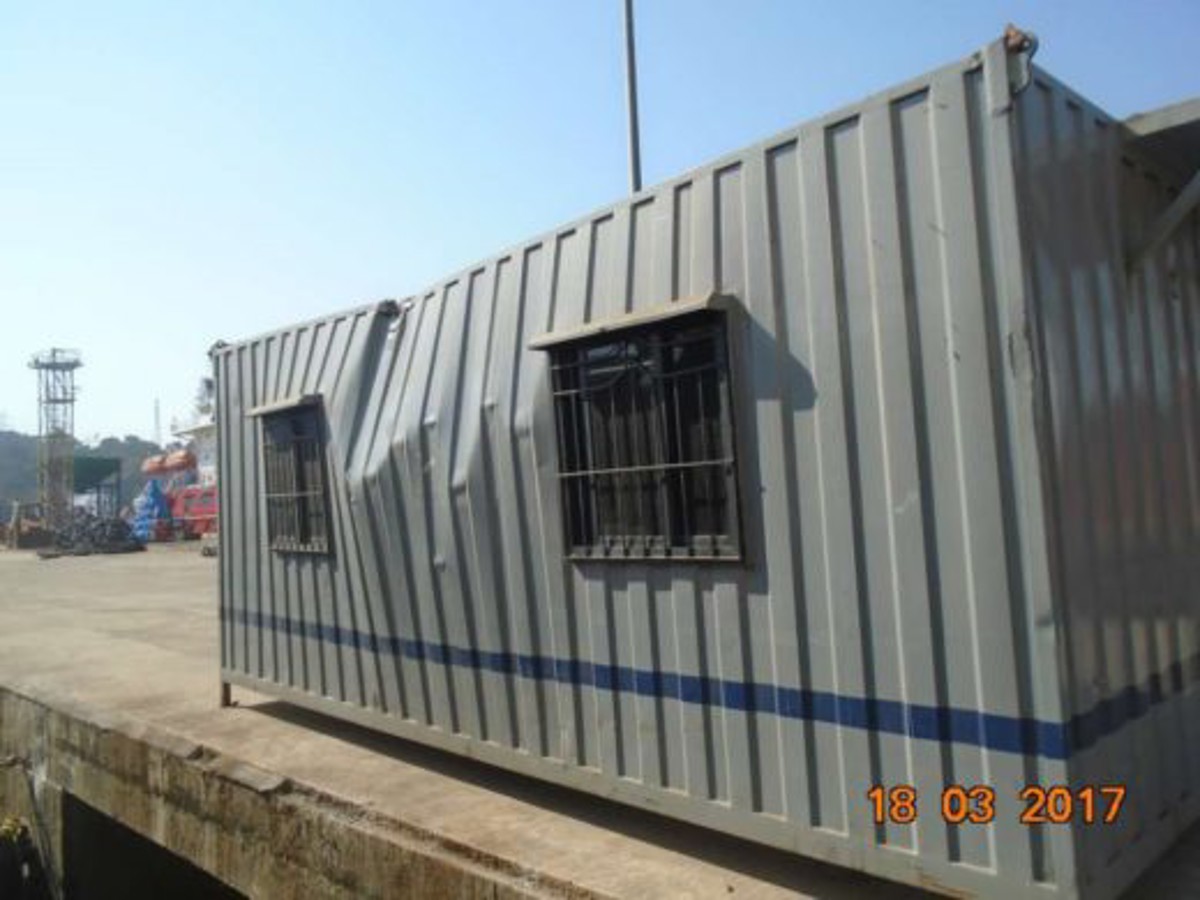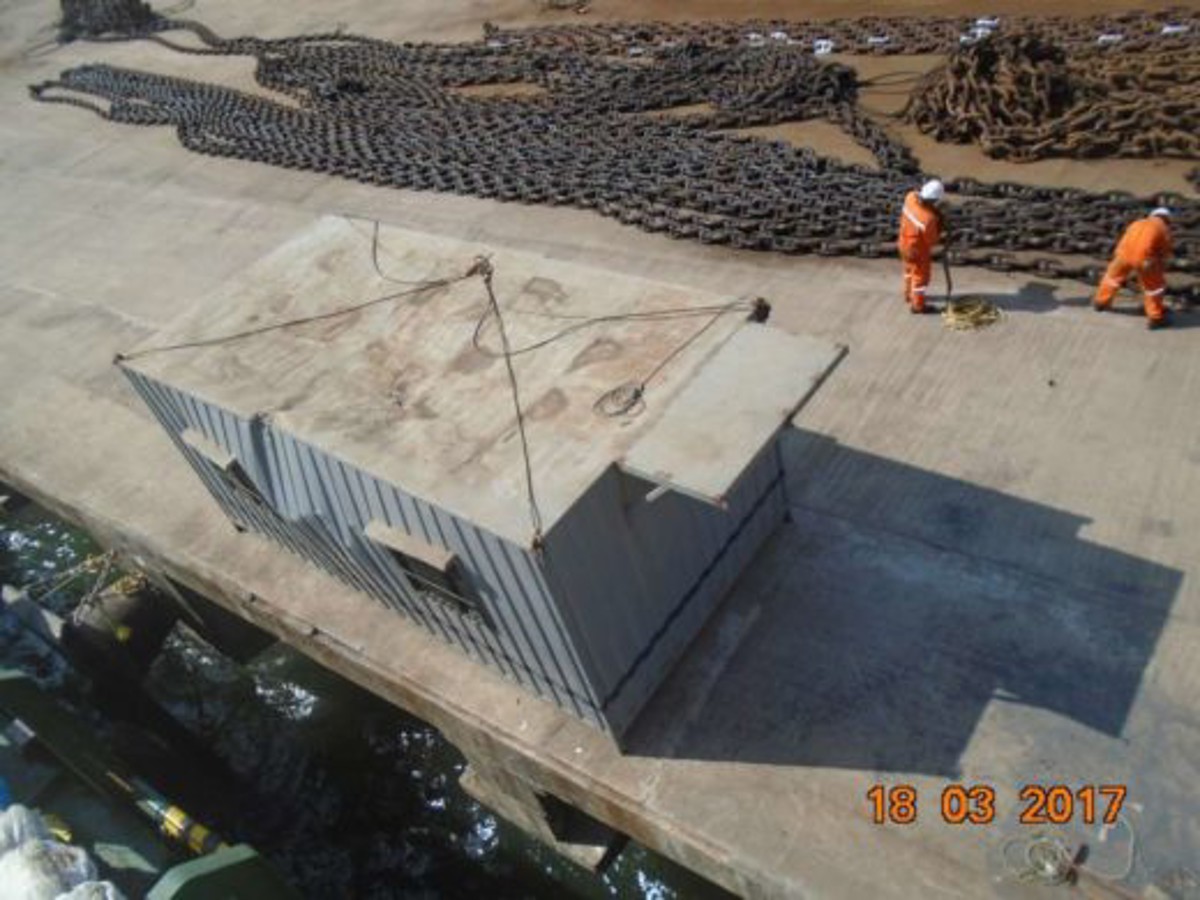Equipment failure leading to crane collapse
- Safety Flash
- Published on 15 June 2017
- Generated on 2 July 2025
- IMCA SF 15/17
- 2 minute read
Jump to:
While using the vessel crane to lift a 20' freight container cabin from a truck to the vessel, a hydraulic line burst and the crane head fell on top of the cabin.
What happened?
A vessel was tied up in port alongside another vessel (double banked). An attempt was made to lift a 20′ freight container cabin from a truck, onto the vessel. The crane of the inboard vessel was used for the operation. A hydraulic line burst and the crane head fell on top of the portacabin. As a result, the freight container fell between the jetty and the inboard vessel, and was badly damaged. No-one was injured.
A shore crane was then used to recover the container and place it back on the jetty.


What went wrong? Investigation and findings
The immediate cause of the collapse of the crane was the failure of the hydraulic line.
What lessons were learned? And what were the actions?
IMCA notes:
- Hydraulic lines might burst at any time. It is of the greatest importance to ensure that regular inspection and replacement of such parts is included in the planned maintenance programme.
- There were significant control of work issues here which were not addressed, in that the crew of the outboard vessel used the crane of the inboard vessel with no assurance as to its condition or fitness for the operation.
IMCA Safety Flashes summarise key safety matters and incidents, allowing lessons to be more easily learnt for the benefit of the entire offshore industry.
The effectiveness of the IMCA Safety Flash system depends on the industry sharing information and so avoiding repeat incidents. Incidents are classified according to IOGP's Life Saving Rules.
All information is anonymised or sanitised, as appropriate, and warnings for graphic content included where possible.
IMCA makes every effort to ensure both the accuracy and reliability of the information shared, but is not be liable for any guidance and/or recommendation and/or statement herein contained.
The information contained in this document does not fulfil or replace any individual's or Member's legal, regulatory or other duties or obligations in respect of their operations. Individuals and Members remain solely responsible for the safe, lawful and proper conduct of their operations.
Share your safety incidents with IMCA online. Sign-up to receive Safety Flashes straight to your email.